By Greg Gorbach ?
Analytics is a hot topic. It’s the key to becoming data driven. It powers the IIoT and I4.0. It is the secret sauce behind predictive maintenance and predictive operations software. It is moving into all manner of applications and user interfaces. It is a marketing tool, a supply chain optimization tool, and a design tool. But almost without fail, every discussion about using analytics gets bogged down because of confusion about what is meant by analytics. There are good reasons for that. A lot has changed in the field of analytics, there is a fair amount of complexity to sort out, and the technologies, as well as the potential applications, have morphed quite a bit over time. Here I touch upon some of the factors that have led to the confusion.
Explosion of Machine Learning, Artificial Intelligence, Cognitive Computing
Artificial intelligence, or machine learning, underlies many consumer products that are now quite commonplace. Netflix recommends what to view, Siri, Cortana, and Alexa respond to voice, and Amazon uses this technology to optimize product recommendations. In the industrial space, there is a great deal of interest in using these technologies to optimize asset maintenance, production operations, supply chain, product design, field service, and other areas. Being interested is one thing, but understanding how to obtain and use the technology for a specific purpose is quite another. This lack of understanding is a factor holding back adoption of these technologies.
Proliferation of specialist analytics technologies suppliers
Analytics companies seem to be springing up everywhere. Many of them address a very narrow market or provide a specific functionality. There are companies that specialize in video analysis, semantic search, sentiment analysis, market analysis, data platforms, marketing analytics, voice processing, web analytics, fraud detection, drug discovery, algorithms, data ingestion, energy analytics, big data – and on and on. Do you need a specialized technology, or do you need a broader analytics platform? It can be hard to determine in advance what additional technologies, skills, or resources you may need to devote in order to gain any benefits from a too-specialized application. On the other hand, an analytics platform with broad capabilities may let you address many different business improvement opportunities, but may require you to deploy specialists – data scientists and coders – in order to achieve them.
Terminology: “analytics” usage is evolving
Life would be much easier if there was a common understanding of the term ‘analytics.’ But the technologies and vendor landscapes have changed much faster than the common usage of the term. A decade ago, industrial ‘analytics’ usually referred to one of three things: dash-boards with live data and drill-down capability, applying statistical or regression techniques to data sets, or certain advanced control techniques. Analytics was used to describe what had happened, and to discover what may have caused it. Today, there is keen interest in prescriptive and predictive solutions, which rely on advanced analytics and machine learning. But it’s not enough to simply focus on the technologies of machine learning or cognitive computing. Often what’s needed is an application – say a predictive maintenance application – that is built with machine learning underneath.
Imprecise marketing by suppliers
Muddled marketing is not a new problem, but it applies to analytics in spades. Perhaps the problem is complicated by the modern website norm of simplicity, but it can be very difficult to ascertain what an analytics company really offers, what it does not, and how it compares to the next company. Or maybe it’s a language limitation, in a space where all the benefits sound the same, all the inputs seem the same, and all the tools seem the same. Without at least some basic familiarity with the tools and technologies, picking up on nuanced differences can be daunting – but critically important to achieving results.
Market buzz around APM, Predictive Maintenance, IIoT, and Digital Transformation drives interest in analytics
Everyone is on the Digital Transformation bandwagon, or has at least considered it. Or maybe it’s the Industrial Internet of Thing, or Smart Manufacturing, or Industry 4.0 that your company has been following or pursuing. No matter what term is used, all of these popular concepts rely upon a set of technologies that includes edge data collection, network communication, cloud computing, analytics and software, and remote monitoring. But it’s the advanced analytics – machine learning, AI, cognitive computing, etc. – that is the secret sauce that can enable the rest of the technology stack to support new and transformative business processes that can drive your performance to the next level.
Big Data
Data generated by the Industrial Internet of Things checks all the boxes for big data. Doug Laney’s classic definition of big data embraces 3 V’s:
• Volume – a rapidly growing quantity of data that needs to be collected, processed, and managed.
• Velocity – the rate at which data is being generated, and hence needs to be collected, managed, and processed.
• Variety – a growing range of data sources and data types that need to be collected, managed, and processed.
As industrial companies began wrestling with emerging big data technologies and solutions, and considering where and how to apply them, they also encountered emerging analytics technologies and solutions that were distinct from the earlier generation of (typically monolithic and expensive) conventional analytics and business intelligence solutions. Often they are positioned as a solution, or partial solution, to managing some aspect of a big data problem.
Conventional Analytics and BI solutions
Until recently, large companies dealt with any analytics needs by buying expensive monolithic enterprise analytics and business intelligence systems. These were often operated by data scientists, who had a backlog of projects and a long timeline for providing insights or answers. Today, access is far more democratized. It’s now possible for an employee with just a little bit of knowledge of the process to spin up an instance of a data and analytics system in the cloud, feed it the data, do the necessary modeling and processing, get results, and then shut everything down – for just a few dollars.
Historians and Manufacturing Intelligence solutions
Historians have been collecting and storing time series data from the plant for many decades. In many cases, a great deal of process data – such as pressures, temperatures, and flows –was amassed. Manufacturing Intelligence systems collected data from a variety of sources such as historians, software applications and databases, automation systems, or other plant systems for visualization and other purposes. Since a lot of data was accumulated over time, this has often led some to claim that “plant data is big data.” Maybe so, but until recently, few of these systems had advanced analytics tools to process the data. Today, that’s changing, but it can still be difficult to determine exactly what kinds of analytics tools are available through these suppliers. All of the problems of terminology, marketing, and positioning apply here.
Data Scientists vs. Decision Makers vs. Business Process Automation
ARC has been in several (user) client meetings where data scientists, engineers, and operations people have struggled with machine learning. The problem statement seems clear: “We want to use machine learning to do predictive maintenance.” But it turns out everyone in the room has their own interpretation. Is the solution a technology (machine learning), a platform (analytics engine), or an application (predictive maintenance)? Any of these could be the best solution, but there are different tradeoffs to be made depending on which solution is selected.
Cloud Platforms
One on the most significant reasons for confusion about analytics is that many of the available and highly promoted solutions are being built upon modern software platforms, which are little understood by plant personnel. The new paradigm, with cloud native apps built from microservices and deployed in the cloud, is inexorably displacing the familiar client-server/monolithic application model.
Have I missed any? Let me know!
Reprinted with permission, original blog was posted here
About ARC Advisory Group (www.arcweb.com): Founded in 1986, ARC Advisory Group is a Boston based leading technology research and advisory firm for industry and infrastructure.

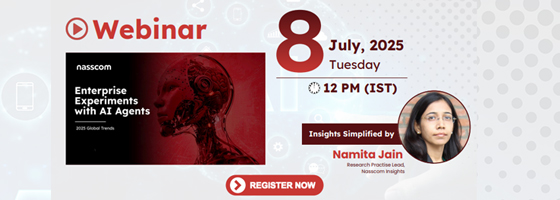





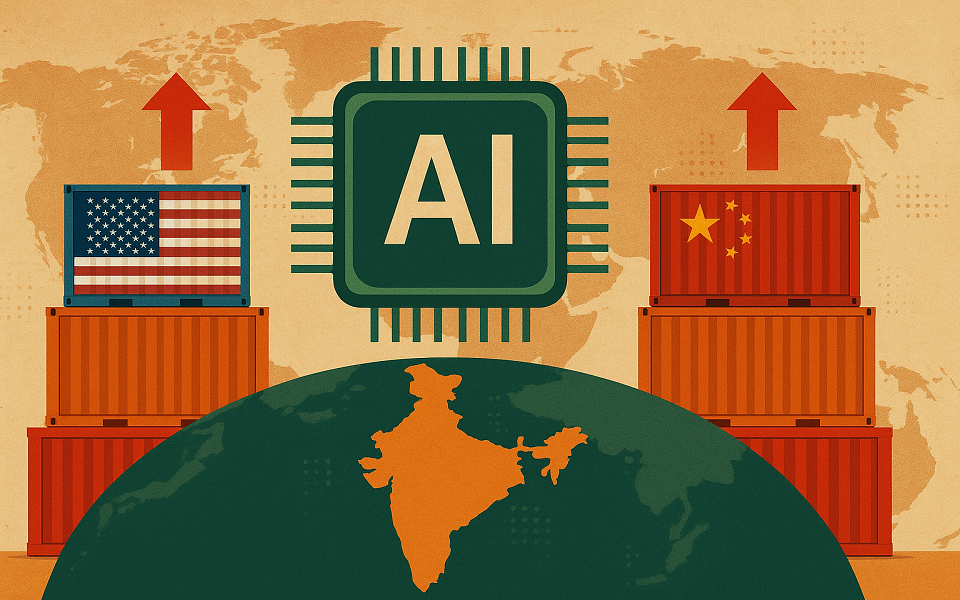




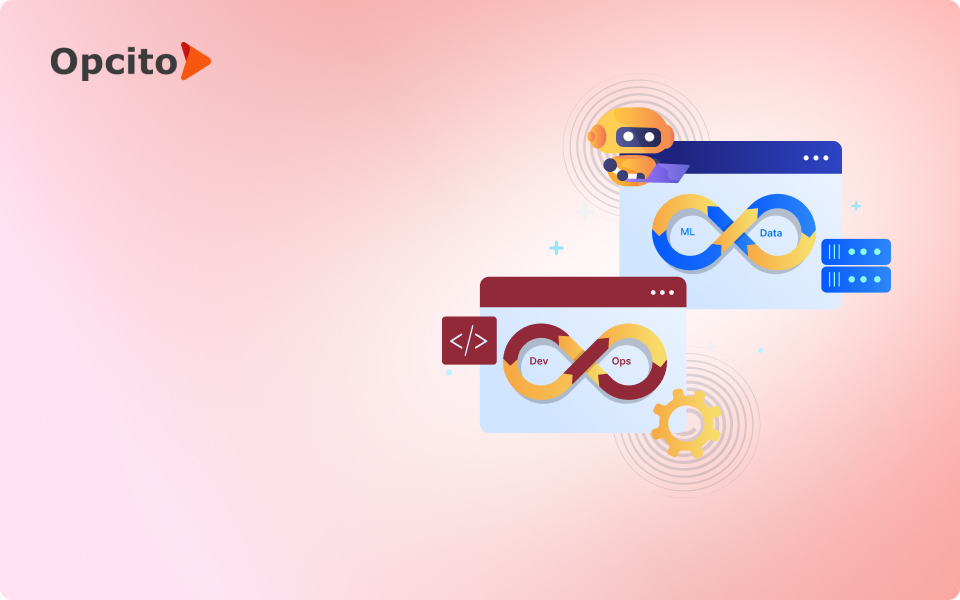

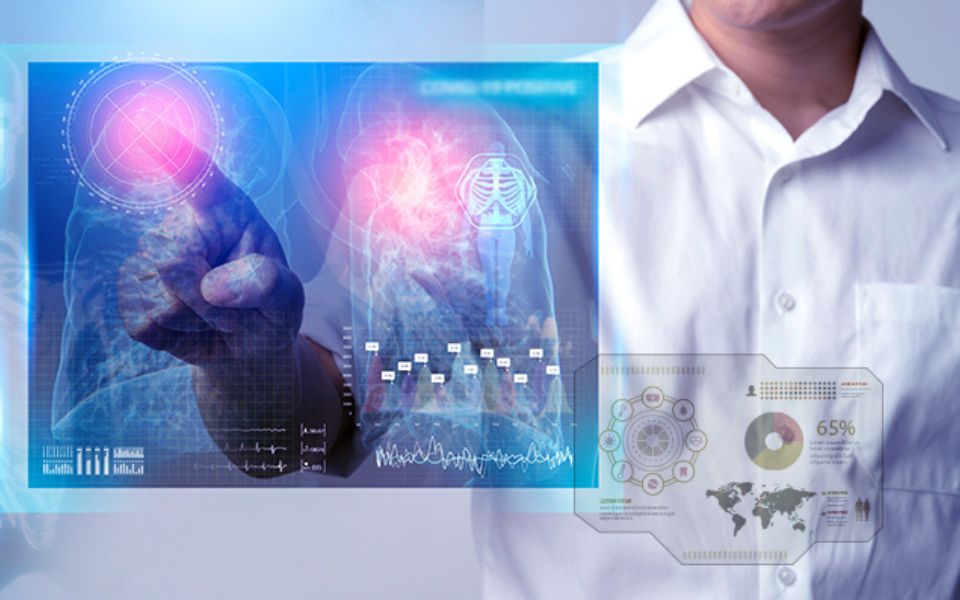





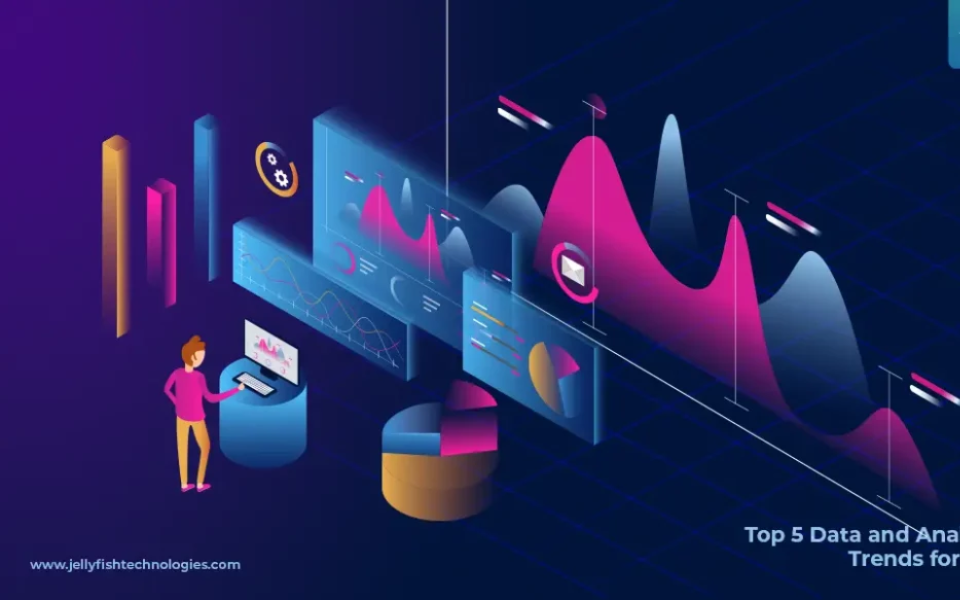

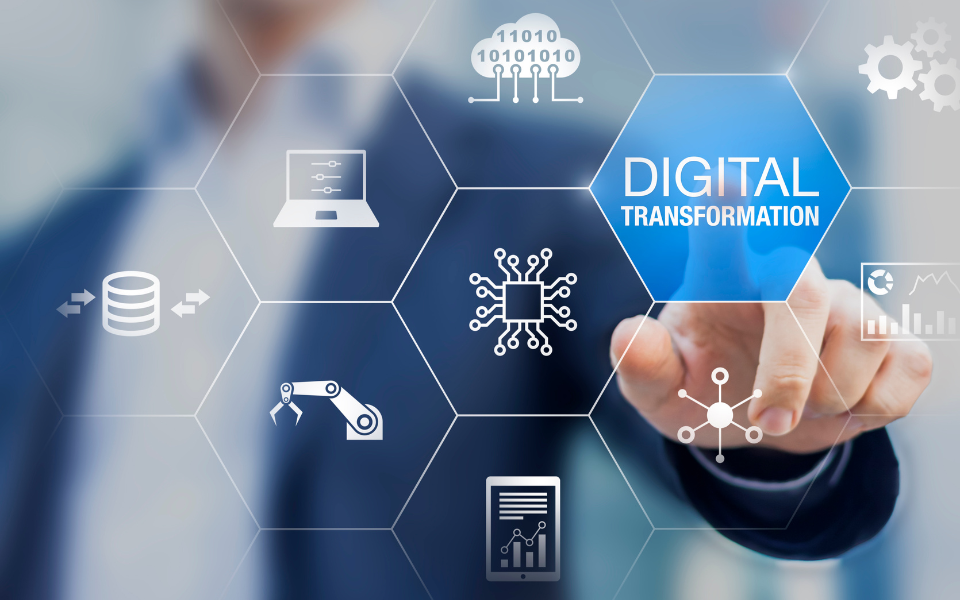
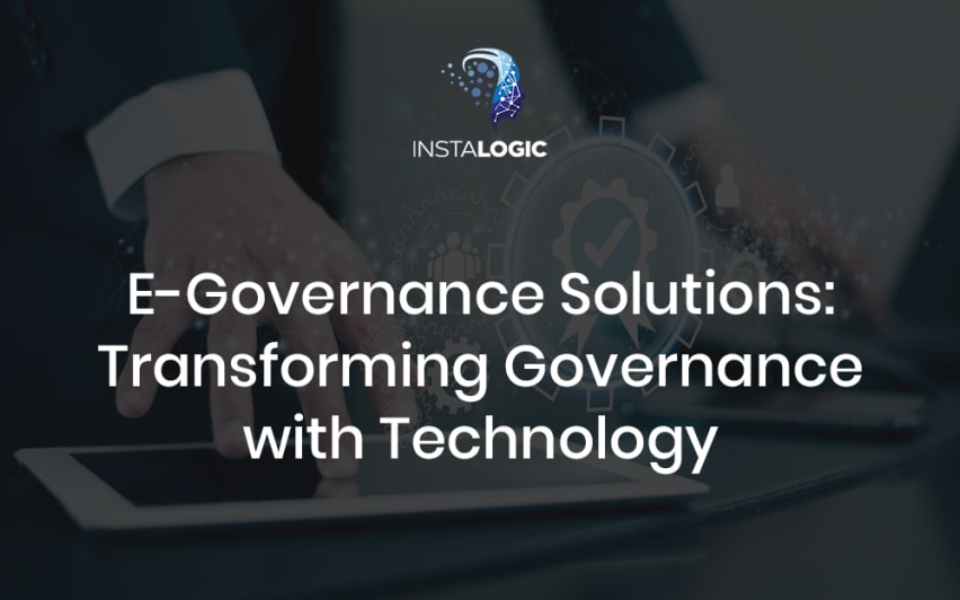


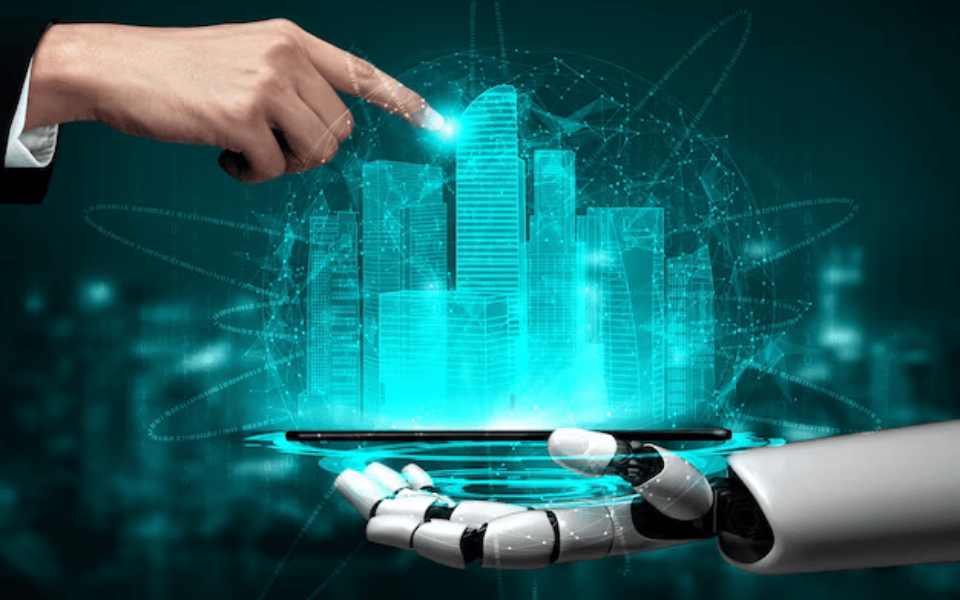



Comment
I have written A to Z of Analytics - Simplified Analytics: A to Z of Analytics